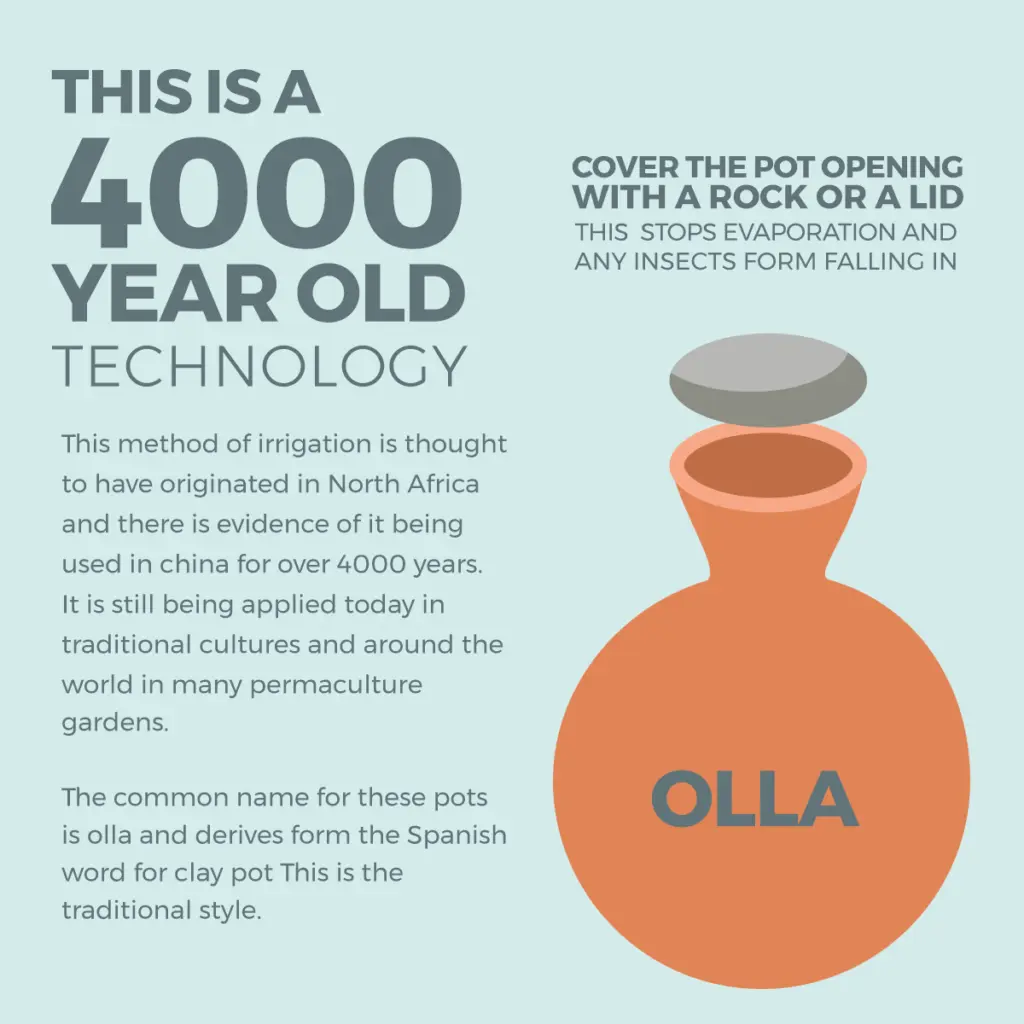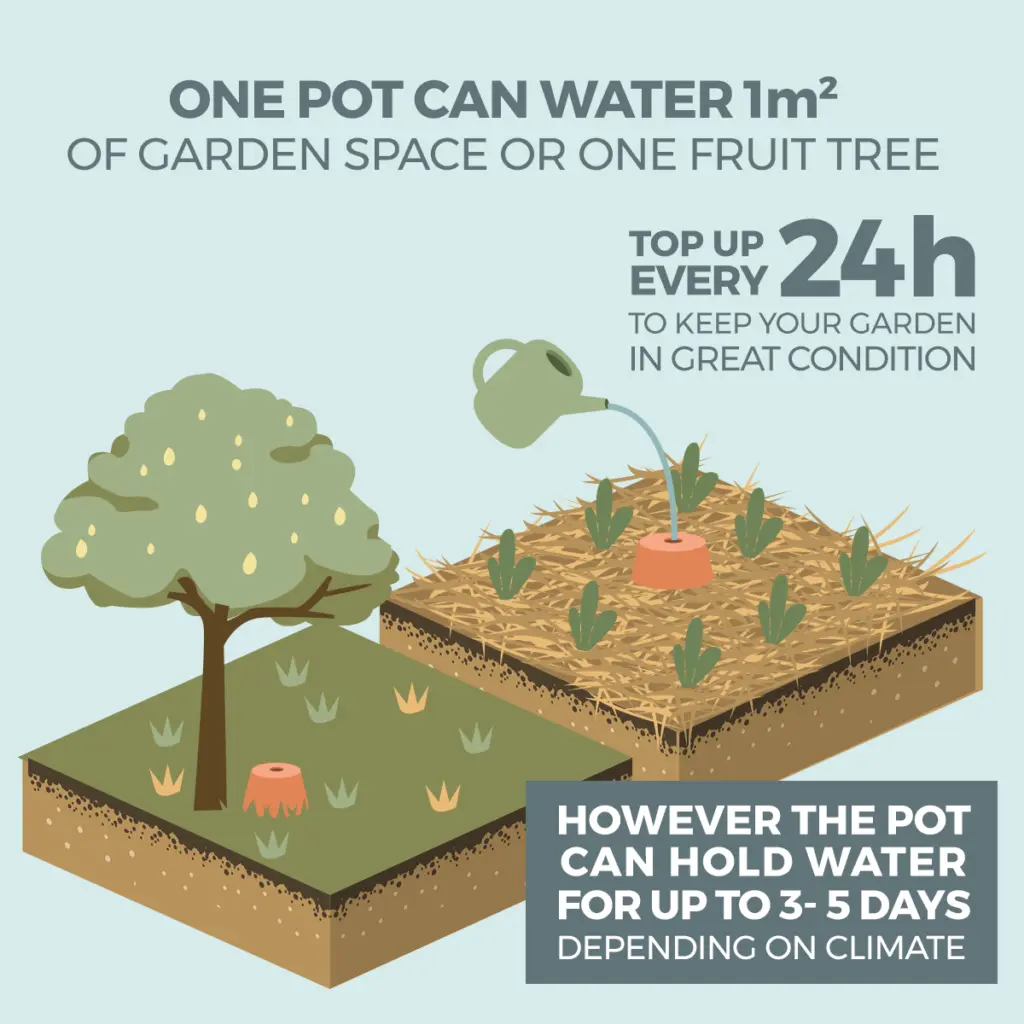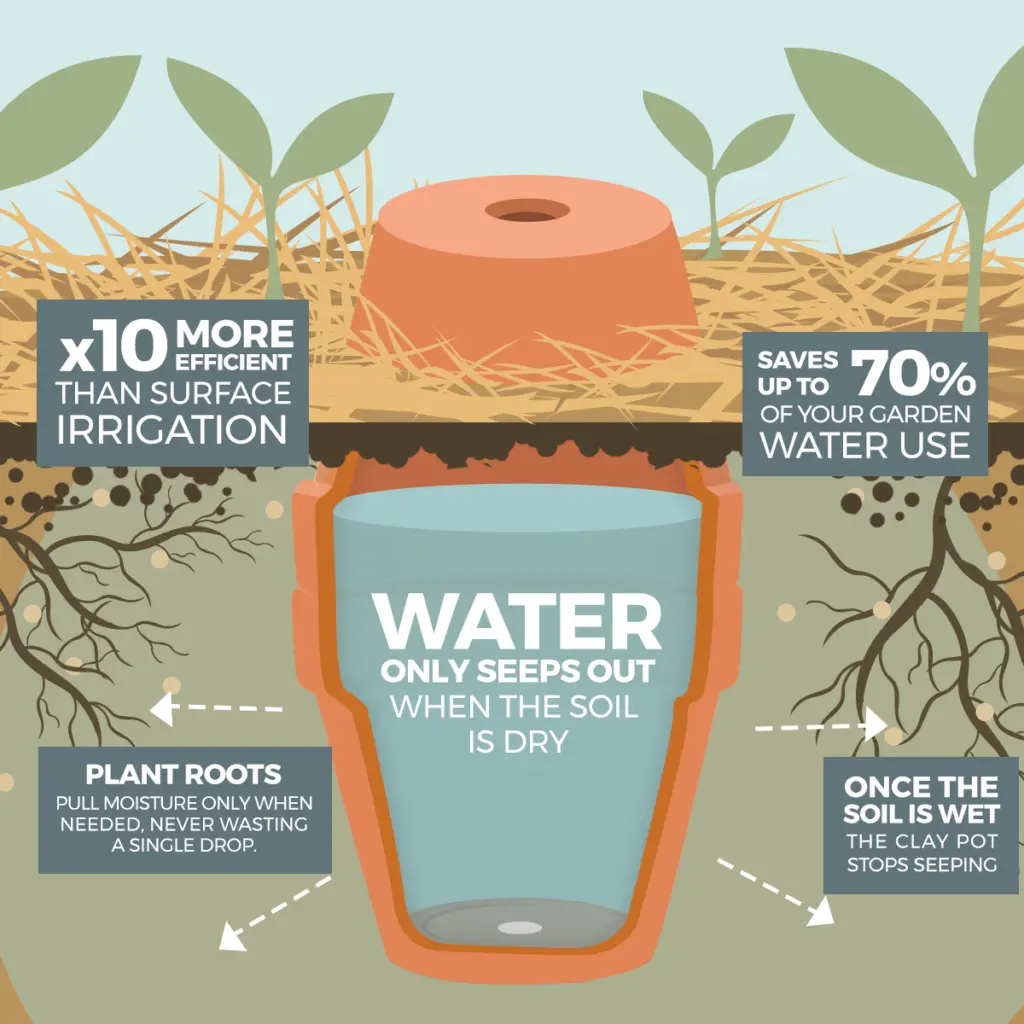Solarpunk Farming
1042 readers
16 users here now
Farm all the things!
Also see:
founded 2 years ago
MODERATORS
26
27
28
29
30
31
32
33
34
35
36
37
38
40
41
43
44
46
47
48
49
50







